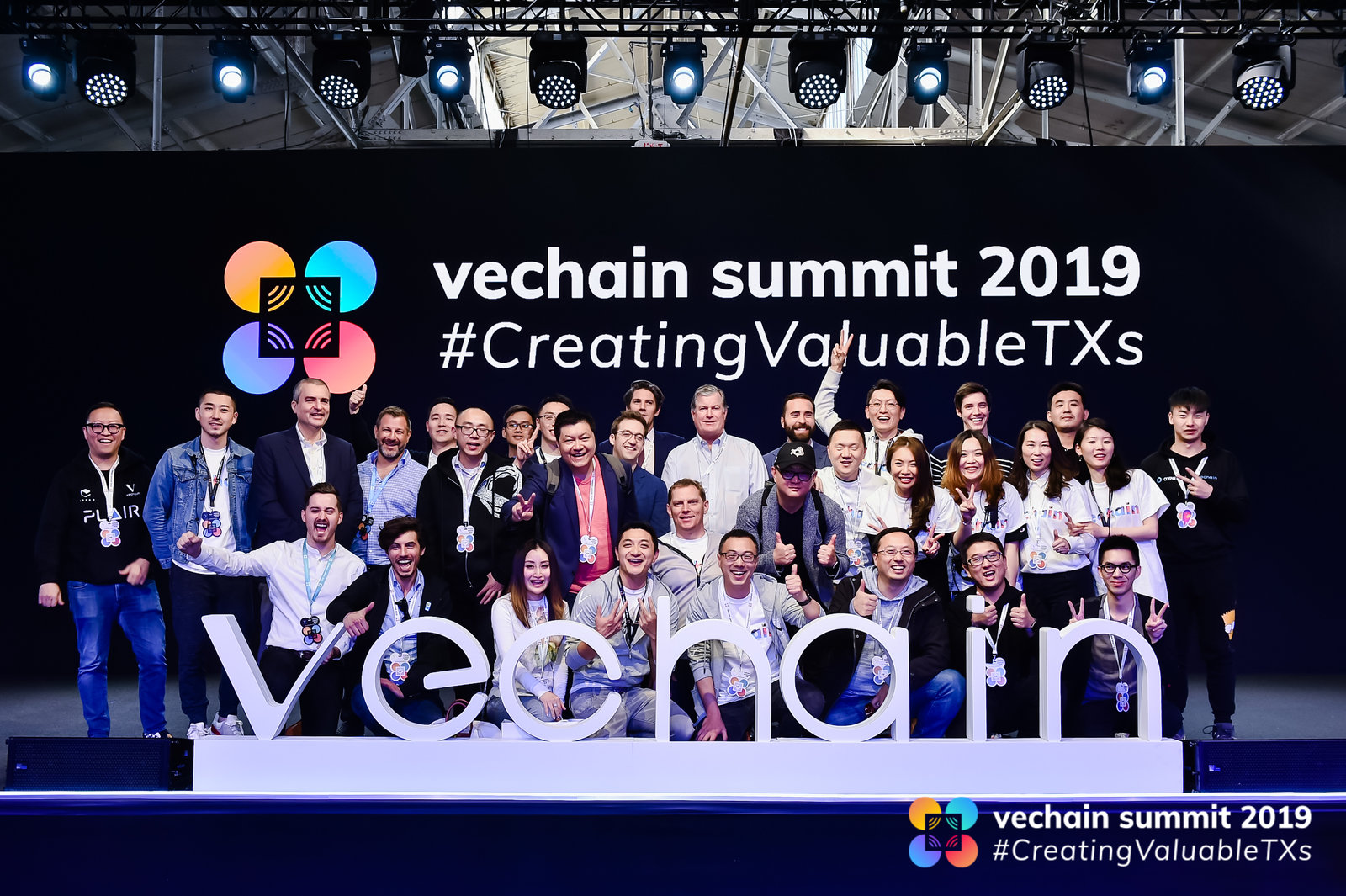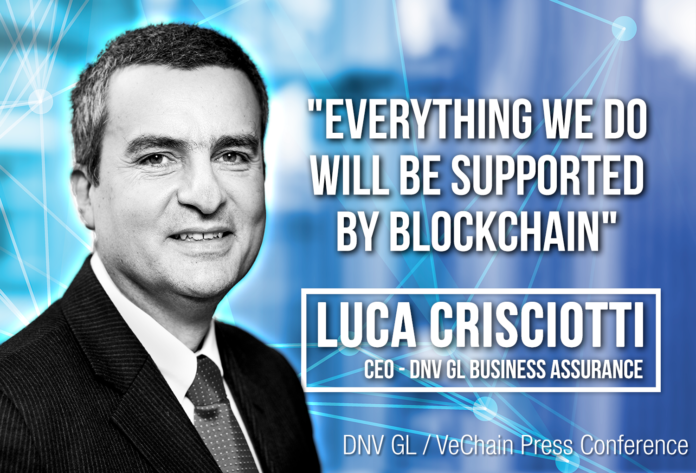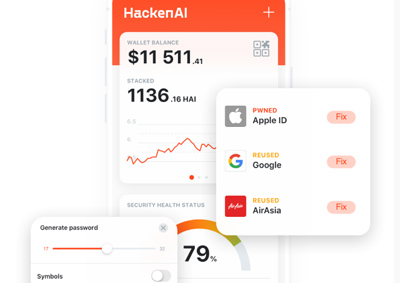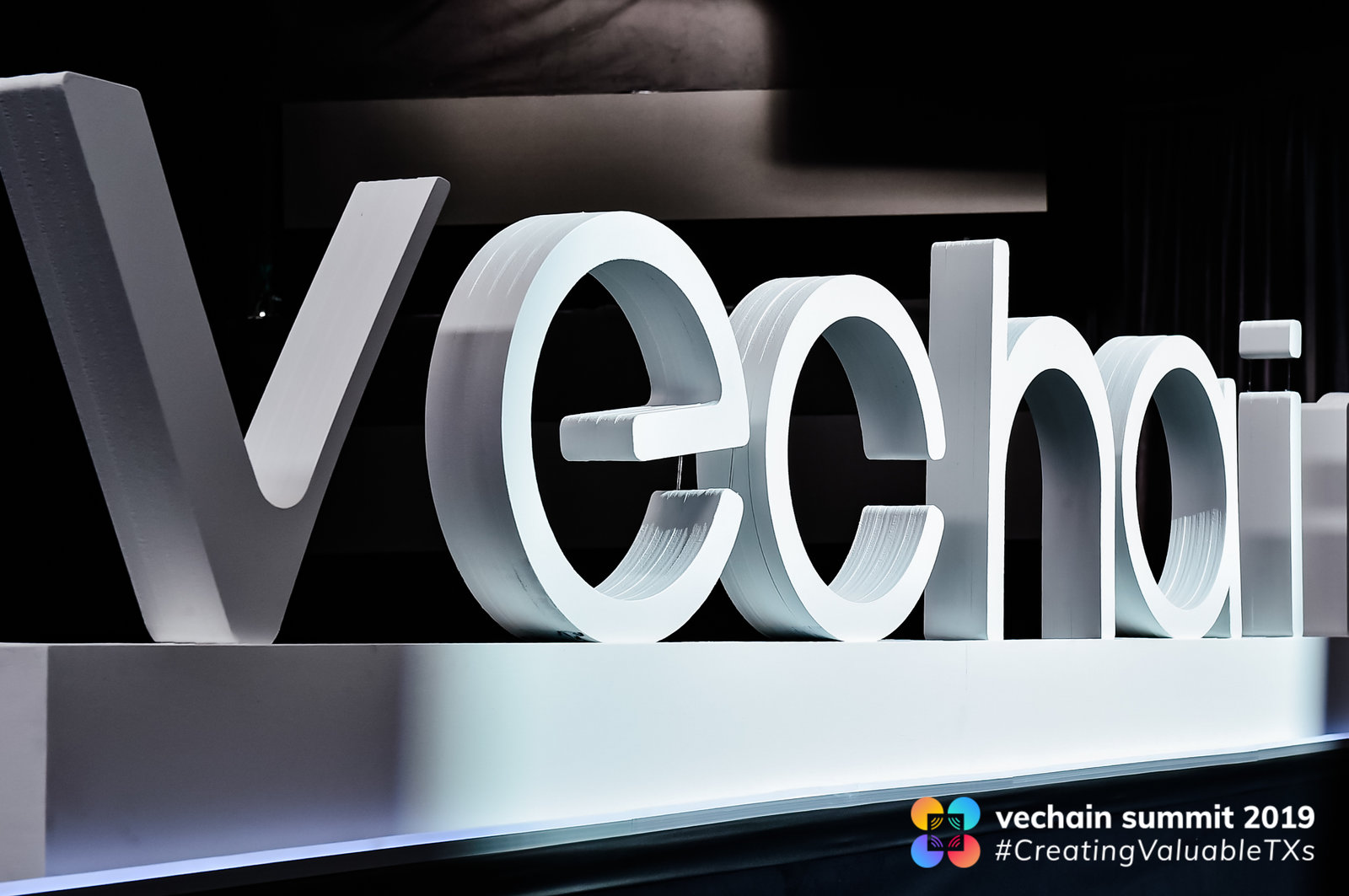What is Vechain
Vechain is an European based blockchain Foundation with operations in Europe, Asia and America. Vechain was Co-Founded by CEO Sunny Lu and Jay Zhang in 2015. Vechain’s vision is to lower the barrier and enabling established businesses and start ups with blockchain technology to create value and solve real world problems to make the world more sustainable. Since its inception, Vechain has managed to onboard an impressive list of enterprises building applications on top of the VechainThor Blockchain. The Vechain Foundation is responsible for maintaining the open source and public VechainThor Blockchain. The Foundation is governed by the Steering Committee, which currently includes members from Vechain, DNV . Important decisions that need to be made are voted upon by all stakeholders in the Vechain Ecosystem, making Vechain truly decentralized.
The Vechain Foundation
The Vechain Foundation, founded July 2017, is the overseeing body of the VechainThor Blockchain and ecosystem. The Foundation is based in San Marino, Europe. The Foundation acts as a governing body for real time decision making and is responsible for the growth of the platform. The Vechain Foundation envisions a trust-free and distributed business ecosystem to enable transparent information flow, efficient collaboration, and high-speed value transferring.
Governance Model
Even though decentralization is the cornerstone of Blockchain technology, complete decentralization has been proven to have obvious defects in every applied method, including Bitcoin and Ethereum. Idealized decentralization is an Utopia even to the crypto and Blockchain world. Vechain believes in the balance of decentralization and centralization on which the platform’s governance model is designed. The balance between centralization and decentralization will vary as the ecosystem matures, with a more centralized structure at the start to enable rapid development and adoption, while slowly giving more and more power to the community as the ecosystem matures. 
Stakeholders with voting Authority
The stakeholders of the Vechain Foundation are the owners of VET as well as Smart Contract Owners. The voting authority each stakeholder has depends on their role and VET holdings. Stakeholders vote on important decisions such as the election of the Steering Committee, or modifications to the VechainThor blockchain, like its consensus mechanism or technical parameters. Voting is done on the VeVote platform. Learn more about Vechain’s Governance model by reading the Vechain Foundation Governance Charter (Dec, 2019).
The Board of Steering Committee
The Board of Steering Committee is the governing body of the Vechain foundation. It represents the interest of all of Vechain’s stakeholders. The Steering Committee defines the strategy of the Foundation and selects the team leads of the various operational teams. The Committee currently consists of 7 members including the Founders as well as members from PwC and DNV GL. Every two years all stakeholders can vote on who takes place in the Steering Committee.
The Advisory Board
The role of the Advisory Board is to give advice to the steering committee and help them with the design, implementation, and vision of Vechain. The Advisory Board is selected based upon their wisdom and experience they can offer to the Foundation. Current members include Partners from PwC, Deloitte and members from Breyer Capital as well as Fenbushi Capital.
The Vechain team
The Vechain team currently consists of over 100 full-time employees of which half are blockchain developers. Vechain currently has 8 offices located in Asia, Europe and the United States. You can read more about the Vechain team here.
The VechainThor blockchain
On June 30th 2018, the VechainThor Blockchain was officially launched. The VechainThor Blockchain is compatible with dApps build on Ethereum, the VechainThor codebase is build from scratch and offers unique features that are not available on Ethereum.
Proof of Authority
VechainThor implements a Proof of Authority (PoA) consensus algorithm to create new blocks. PoA is an improvement on Proof of Stake, in which all nodes are validated and approved by a trusted central party (the Vechain Foundation) before allowed to add blocks. This eliminates the risks that come with having anonymous block producers, one of the key barriers given by enterprises.
Since all Nodes can be trusted, blocks can be validated faster and far more efficient compared to PoW and PoS, reducing costs for Blockchain users, while being safer and more energy friendly. To be an Authority Masternode (AM), the individual or entity voluntarily discloses who they are (identity and reputation by extension) in exchange for the right to validate and produce blocks. It is their identities and reputations placed at stake that give all the AMs additional incentives to behave and keep the network secure. Next to the 101 Authority Nodes, everyone is free to run a Thor Node and validate transactions.
Unique Features
The Vechain economy
The Vechain economy consists of two coins.
Vechain token (VET)
Use case: Store of value and smart payment currency.
How to get: You can buy VET on various crypto exchanges. Strategic partners can buy from a dedicated pool from the Foundation.
Thor power (VTHO)
Use case: Needed to interact with the blockchain for certain operations, like executing smart contracts and transferring tokens. If you want to write data to the blockchain, you have to pay for this using VTHO. How to get: You will generate VTHO when owning VET. Currently, 1 VET generates 0.000432 VTHO per day. You can also buy VTHO on crypto exchanges.
Stable transaction costs
One of the most important aspects of implementing Blockchain technology, is the costs associated with. Vechain’s unique two-token system allows the costs for using the Blockchain to not be affected by the increase in price of VET.
Two important parameters can be changed through voting to keep the transaction costs stable:
- Decrease or increase the amount of VTHO that is needed per transaction.
- Increase the amount of VTHO generated by VET.
VET and VTHO Demand
With more and more parties using the VechainThor Blockchain, the demand for VTHO will increase, since everyone needs VTHO to pay for their transaction fees.
As the demand for VTHO grows, the price of VTHO will also increase. As a result, this will also drive the demand and price of VET:
- Instead of buying VTHO to pay for their transactions, it will financially make more sense in the long run to just buy VET and use the VTHO generated by it.
- Investors will start buying VET, since they can sell their generated VTHO to those that need it.
Nodes and VTHO generation
VET Holders can earn extra VTHO by staking their VET using Vechain’s official wallet. This will create a Node, which is represented by a Non-Fungible Token held in your wallet. These Node tokens can be bought and sold in the mobile wallet.
Funding, Financials and Buybacks
The Vechain Foundation is very transparent about their financials and the usage of the token supply held by the Foundation, allowing the community to monitor how VET is spent. Each quarter the Foundation releases a Financial Report. The latest financial report can be found here (2022, Q4)
VET use of proceeds
The Foundation uses part of the VET they still hold to fund their operations. Currently around 85% of the total supply is circulating (source: vechainstats.com). Of the circulating supply, around one third is locked up in Nodes held by the community. The remaining 15% of VET tokens held by the Foundation will be used for:
- Funding of the daily Operations
- The (technological) development of the VechainThor blockchain and its core infrastructure.
- Funding of research done in cooperation with various partners universities around the world.
- Strategic institutional partners that can offer Vechain a long term advantage to the Vechain ecosystem can buy from a dedicated pool held by the Foundation and funding the daily operations of the Foundation.
- Rewards to the core team, which is locked up for a period of two years after each quarterly distribution.
The Foundation has enough income from clients to not be depended on selling VET tokens to operate: “In the winter of the crypto market, our top priority is to stay stable and continue building. We are under no threat of instability and have both the current finances, and future investment options, to withstand any further downturn in the market. We are seeing incoming cash flow from the enterprise solutions we provide and expect to see an increase in incoming cash flow across different regions such as China, EU and South East Asia.”
Buyback and Bounty programs
On the 30th of June 2019, the Foundation announced that they will buy back $25 million USD worth of VET from the open market. The VET acquired will be injected into Vechain’s funding pools. Allowing the Foundation to provide more support for projects that want to operate on the VechainThor Blockchain. Hence, the Foundation can enable a lowered threshold for developers, projects and enterprises to try out the VechainThor Blockchain, thereby boosting the adoption of the ecosystem.
Vechain is currently also running various Bounty programs to help boost adoption by lowering the (financial) barrier for dApp creators. The Developer Academy rewards creators of technical documentation and developer tools, while dApp creators can get their VTHO expenditure subsidized for 50% using the VTHO subsidy bounty.
Projects
Vechain is used by more than just big enterprises. Various startups are building projects on top of the VechainThor Blockchain. Below you can find a selection of the most popular ones.
Recommended Vechain wallets
Next to storing your VET and Vechain Tokens on exchanges (which we strongly advise you NOT to do, not your wallet = not your coins!) there are lots of cryptocurrency wallets supporting VET and VET tokens. Below we have listed the two official wallets created by the Foundation.















